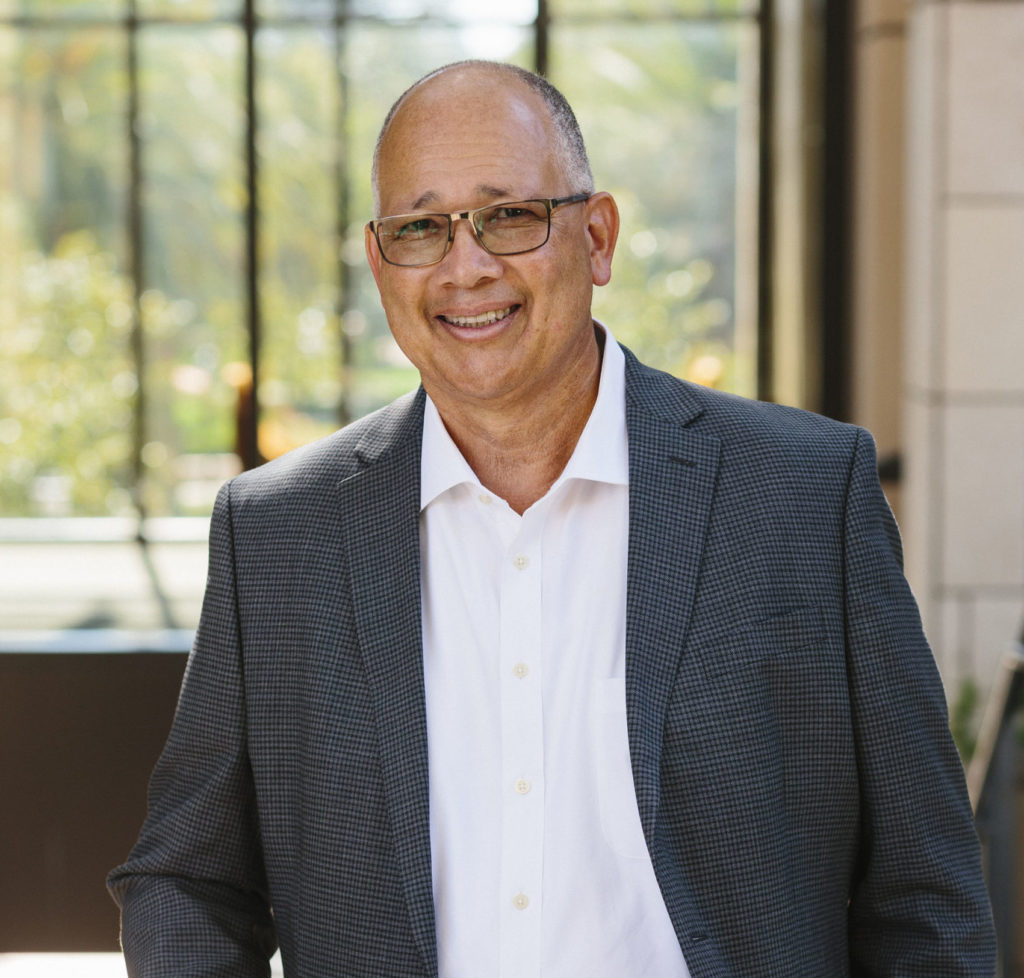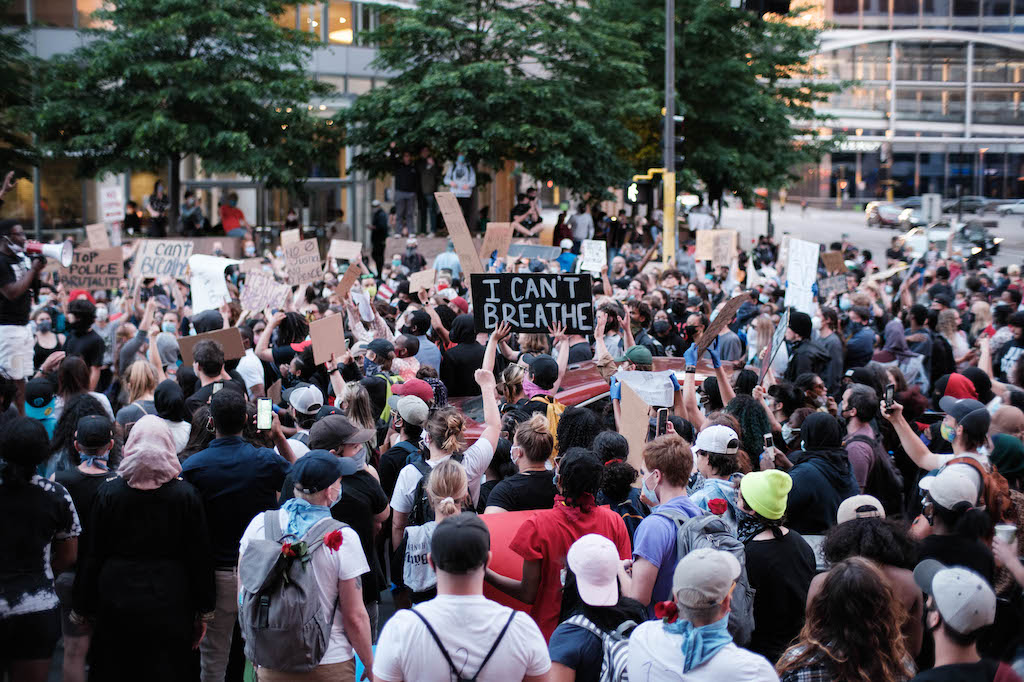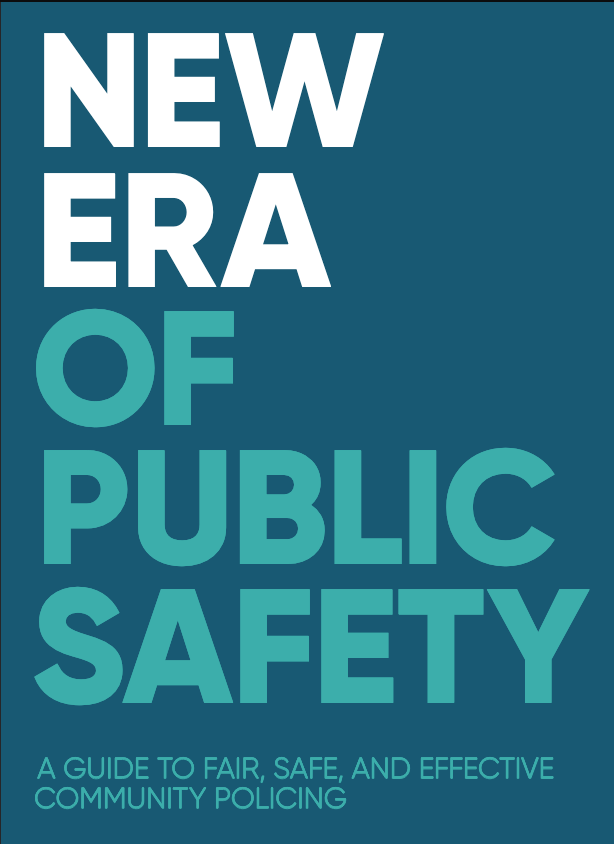Why Develop a Model Use of Force Policy?

Note: The following essay from our Executive Director explains what drives him to want to pursue our work to make policing better and safer for everyone. For additional background, please refer to our announcement explaining the beta release of the SCRJ Model Use of Force Policy.
Shortly after I arrived in Los Angeles from Minneapolis more than four decades ago, a young Black man around my age was found hanging from the ceiling in his jail cell. He had been arrested in a small city adjacent to Los Angeles just hours earlier for exceeding the speed limit in a residential area. The young man was a local college athlete with a promising future. Shocked and horrified, I made a mental note not to ever visit or drive through that city.
A few years later, police in Los Angeles shot and killed a woman in her kitchen who was wielding a knife. She was reportedly trying to stop the utility company from shutting off the gas to her home.
I was a young lawyer in a downtown Los Angeles law firm by the time video was released of Rodney King being brutally beaten by multiple police officers at the end of a high-speed chase. I stared at the firm’s Chairman as he shouted to his assistant, “Get me the Mayor on the phone… Now!” The Christopher Commission report was released about 100 days later, and soon thereafter the LAPD police chief was forced out.
Six years after the first iPhone was released, Trayvon Martin was walking home eating Skittles when a self-styled neighborhood security guard confronted and killed him. I had no good explanations for my 13-year-old son.
A series of high-profile tragedies involving police killings of unarmed Black men and women steadily made the news over the next few years. Eric Garner was selling bootleg cigarettes in New York City before he was choked to death by a NYPD officer. Michael Brown was killed in Ferguson, Missouri and we watched as the police gathered their extensive military equipment to confront the traumatized local residents as protests unfolded. A 12-year-old boy, Tamir Rice, was shot and killed at a playground by Cleveland police while holding a replica toy gun.
Change efforts emerged. The Black Lives Matter movement intensified.

President Obama formed a Presidential Task Force that produced a report with recommendations on 21st century community policing.
The deaths continued. Sandra Bland had changed lanes after pulling out of a parking lot in Waller County, Texas. In North Charleston, South Carolina, Walter Scott was running from the police at the pace of a 50-year-old man. Freddie Gray’s spine was broken after being put in restraints and transported in a van to the police station in Baltimore. Alton Sterling was shot and killed during a struggle with police in Baton Rouge. Philando Castile was killed near a Twin Cities suburb during a traffic stop.
By this time, I was a partner in a large global law firm. A few of us were having conversations about how we could help make a difference in reducing police violence and the steady, tragic drip of killings of unarmed men and women, too often Black or Latinx. “Why aren’t you doing something about the police killings?” asked my now-16-year-old son. I promised him that we would do something. That I would do something.
I wanted us to find a way to stop the endless parade of Blue-Ribbon panels making the same recommendations whenever a major incident occurred. I wondered whether it was possible to get ahead of this pattern by reviewing and summarizing all of the past reports resulting from panels, commissions, investigations and the like.
Within the next few months, our law firm was engaged by the Leadership Conference Education Fund to pursue a pro bono project. We built a team of over 100 lawyers across all of our U.S. offices to research, review, analyze, and produce a report for our client on all aspects of how to improve policing—starting with digesting all of the prior reports and research that had been created over the decades.

Under the leadership of LCEF’s new CEO, Vanita Gupta, LCEF published a 400-page report, New Era in Public Safety: A Guide to Fair, Safe and Effective Community Policing in March 2019. The Leadership Conference’s deep experience and use of a network of experts in policing practices and policy resulted in a high-quality publication that received many accolades.
I had some hopes and expectations that the New Era report would help contribute to a reform movement in policing that had seemed to gather momentum over the recent years.
Yet, the high-profile tragedies continued to unfold. Elijah McClain was walking home in Aurora, Colorado and died from a police chokehold. Atatiana Jefferson was killed by Fort Worth police while babysitting. Breonna Taylor in Louisville, Kentucky, while sleeping. And George Floyd …
The world seemed to tilt after Floyd’s murder. Millions of people worldwide protested, demanding justice and expressing their disapproval of our country’s long history of racism. Leaders of institutions throughout the U.S. began to stand up and speak out against racism in all of its forms. A national reckoning on race had begun, in the view of many.
At a minimum, we entered a period of deep reflection and dialogue about America’s dark history surrounding race. Promises and commitments were made, and many major U.S. institutions took profound steps towards addressing difficult challenges that had been previously neglected.
There was also renewed energy around the question of how to make our communities safer. Efforts to reimagine public safety began throughout the country. Pressure to change funding models for police arose, with some calling to abolish police altogether. Numerous organizations offered suggestions for quick fixes to the challenges of police violence and aggression. Some cities changed the structure of how their law enforcement agencies are governed; others adopted new or increased oversight methods. Many cities pledged to review and update their use of force policies.
Predictably, a strong political counter-response also emerged. Calls for reform were caricatured and reduced to pejorative slogans. Real increases in violent crime occurred in some places, particularly a spike in homicide rates among young Black men in certain cities. Meanwhile, others spread fear of increased crime—often based on speculation and not data.
Lately, many reform efforts appear to have stalled amid a public discourse characterized by fearmongering and superficial debates about slogans. Is the window for meaningful reform following Floyd’s murder already closed?
The idea for developing a Model Use of Force Policy arose out of my experiences during 2020. I was invited to serve on a public safety advisory committee for Santa Monica, California in the summer of 2020 after the local police had poorly handled protests in the wake of Floyd’s murder. The advisory committee reviewed the New Era report and adopted portions of the Use of Force chapter as part of its recommendations to the City Council. I was delighted and optimistic when the City Council voted 7-0 to embrace the committee’s recommendations. Council instructed the local police department to review each of the recommended best practices for use of force and make changes to their policies to ensure that they reflect those best practices.

What happened next was surprising and frustrating. In short, the advisory committee’s recommendations and Council’s direction regarding examination of the city’s use of force policies were ignored. No process was set up to engage with the community about the department’s use of force practices. Later, the department adopted a two-page memorandum updating portions of its use of force policy, largely because of required changes imposed by California law. The department also continued to purchase its policy language from a national law enforcement vendor that produces standardized policies for a large share of police departments in California. The implied message seemed to be: Nothing is wrong here, but we won’t discuss why with the community.
The challenges of moving progress forward with a public safety advisory committee—along with observing the robust ongoing debates over policing throughout the country—caused me to reflect on what additional strategies and efforts could be effective for improving policing. I believe that there are no simple or magical solutions. I also don’t pretend to have all the answers. Many different approaches should be tried that reflect the perspectives, ideas, and goals of our complex multicultural pluralistic society.
One insight I’ve gleaned upon reflection: It’s very difficult for community groups, civilians, and even local government officials, to engage in a detailed dialogue on equal footing with their local police agencies about how to change and improve local use of force policies. In addition to the frequent resistance to change or even discussion about change, there is a gap in the expertise required to negotiate a detailed revision to a use of force policy. Consequently, I decided to collaborate with some of my former law colleagues and develop a Model Policy that could be easily adopted and used by similar groups and smaller cities to help address this challenge.
The result is our pending Model Use of Force Policy, which we will begin releasing as a beta version later this month. It has been developed with the goal of being fair, safe, and equitable for everyone; and structured to make it easy to use and flexible. We hope it can help bridge the gap in expertise among the range of groups interested in pursuing better policing. We also hope it leads to greater dialogue and collaboration—and that, together, we can start to find real solutions to address our long-standing challenges and make our society safer for everyone.
— George Brown, Executive Director, Stanford Center for Racial Justice
